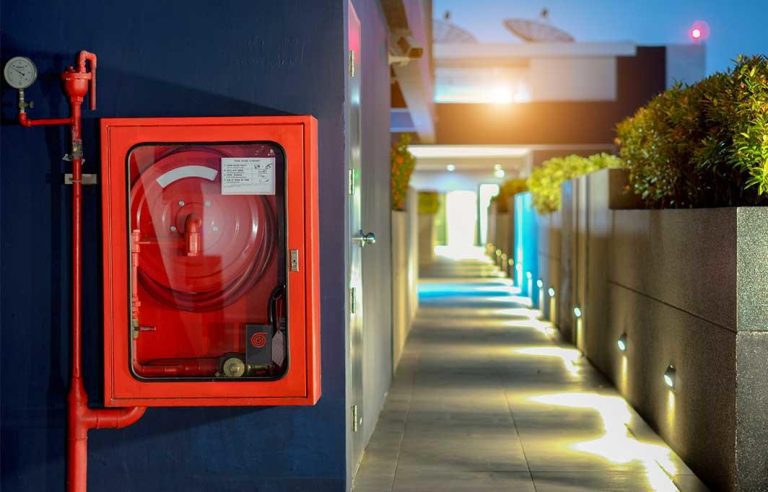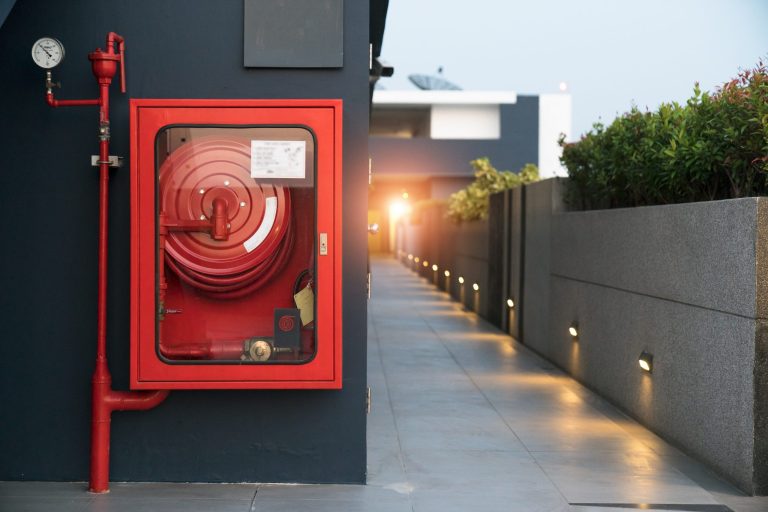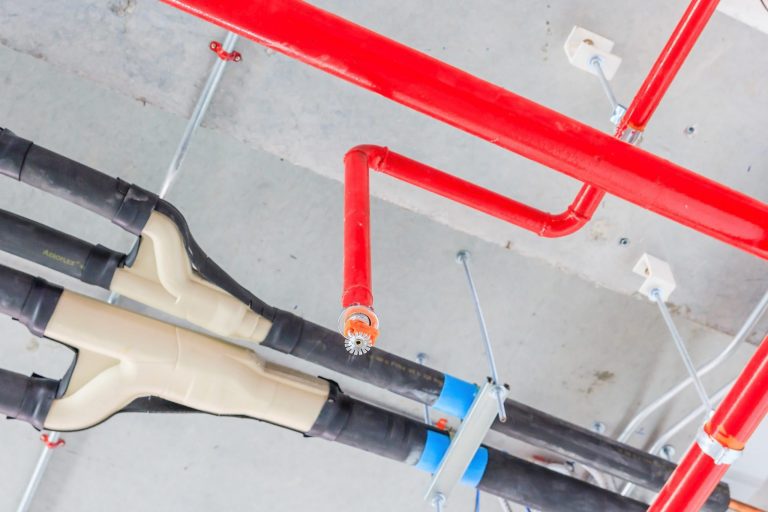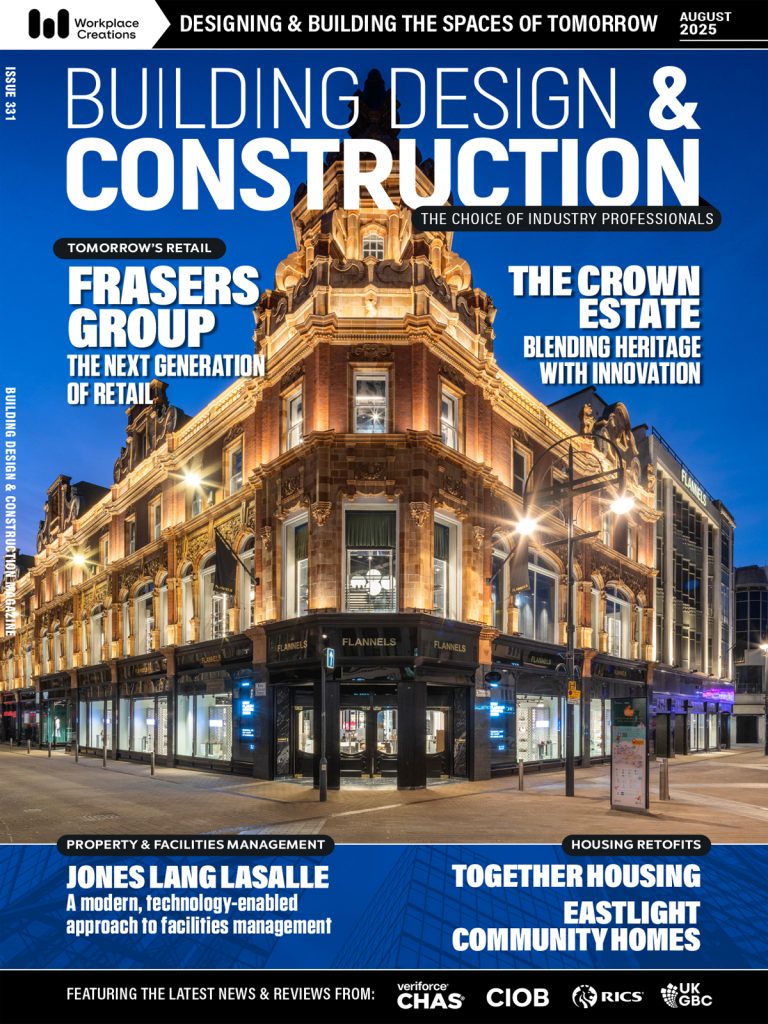All you need to know about the UK equivalent to CE marking and CPR fire testing, as exiting the European Union trade deals continue to conclusion – contact the team today for priority testing! The background – BASEC’s position on CE/UKCA marking On 1st September, Ministry of Housing, Communities and Local Government (MHCLG) communicated the latest position regarding withdrawal from the European Union (EU) and the future position regarding CE marking under CPR. Statutory Instrument 2019 No 465 covers all aspects of how those trading with the UK must move forward with Construction Products building market standards, for full details read more here: http:/www.legislation.gov.uk/uksi/2019/465/made BASEC is in the unique position of having established both BASEC UK as a UKCA approval body NB 2661 and BASEC Conformity Limited (BCL) as an EU27 notified body via NB 2851. Moving forward On 1st January 2021, BASEC UK will cease to be an EU27 notified body and automatically gain status as a UK approved body. This will be reflected in a database for UK approved bodies similar to NANDO (yet to be published). The current intention is that the same notified body (NB) number will remain, so BASEC will be UK approved body with the existing NB 2661 number. It has been confirmed that the UK approval scheme will be a mirror of the current CPR, all EN standards will become UK designated standards and will again be identical to the EN’s. In this way, the AVCP (testing and FPC) will be no different. As a part of the move away from CE marking to UKCA, the government has allowed a 1-year transition period. Where until 1st January 2022, it will be permissible to use CE marked product that fulfils the below criteria and are: Covered by a harmonised European standard, which is the same as a UK designated standard (as noted above) Affixed with CE marking Accompanied by a manufacturer’s declaration of performance, and Have been assessed by an EU-recognised notified body, where third party assessment is required. Find out more about fire cable standards, testing and certification by downloading the guide. The action industry must take On the surface it appears that there is a further year before definitive action must be taken, however, the below statement brings into focus some urgency, in respect to how transfer of certification between NB’s will need to happen: “Where a UK notified body (which becomes a UK approved body) had carried out tasks or issued certification in relation to the Assessment and Verification of Performance (AVCP) for a product before 1st January 2021, then those tasks and/or that certification may be used to support affixing of the UK marking if the product is placed on the GB market after this date” This means, for all current BASEC customers that have AVCP system 1+ with BASEC it is permissible for BASEC to use this information in support of UK marking i.e. there will be no need for additional parallel auditing/testing. Additionally, any transfers that occur before 1st January 2021 will constitute tasks and the same will apply. Anything after this date will require full parallel testing/auditing. Under the group of notified bodies (GNB) transfer guidance, there is the possibility of cooperation with the current issuing notified body of a customer. This would involve a desktop review of all Initial visit reports, FPC, CoCP and testing. It would then be at BASEC’s discretion of how to validate this information, as it cannot simply be “taken as read”. It would be BASEC’s intention to review all documentation including CoCP and test reports for alignment with CPR requirements. Upon successful review BASEC would then establish a test programme, on a risk basis, as to how many tests would be required to verify alignment between the testing of the issuing NB and BASEC. Successful completion of this process would lead to certificate transfer. At this stage, all system 3 documentation remains valid as previously communicated. BASEC will continue to offer classification reports for existing customers for UKCA system 3, but may wish to retest, dependent on the age of the original test. In summary Key takeaways for you to assess your next steps include: As of January 1st, 2021, BASEC will become a UK approved body and no longer an EU27 NB BASEC Conformity Limited (BCL) NB 2851 will offer System 1+ CPR AVCP as an EU27 notified body BASEC UK will offer UKCA System 1+ and System 3 There is a 12-month transition period where CE marked product will still be allowed into the UK All work carried out by BASEC prior to 31st December 2020 is allowed to be used as technical information to validate UKCA marking This will include any transfers prior to 31st December 2020 Post 1st January 2021 all UKCA work will require new testing/auditing Post 1st January 2021, BASEC/BCL’s service offering will allow 1 set of auditing/testing to satisfy both UKCA (System 1+ and System 3) AND CE (System 1+ ONLY) marking obligations For any further information on the transition to UKCA marking, please contact Mark Froggatt mark.froggatt@basec.org.uk













